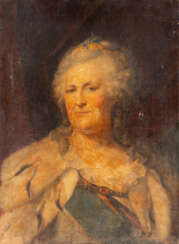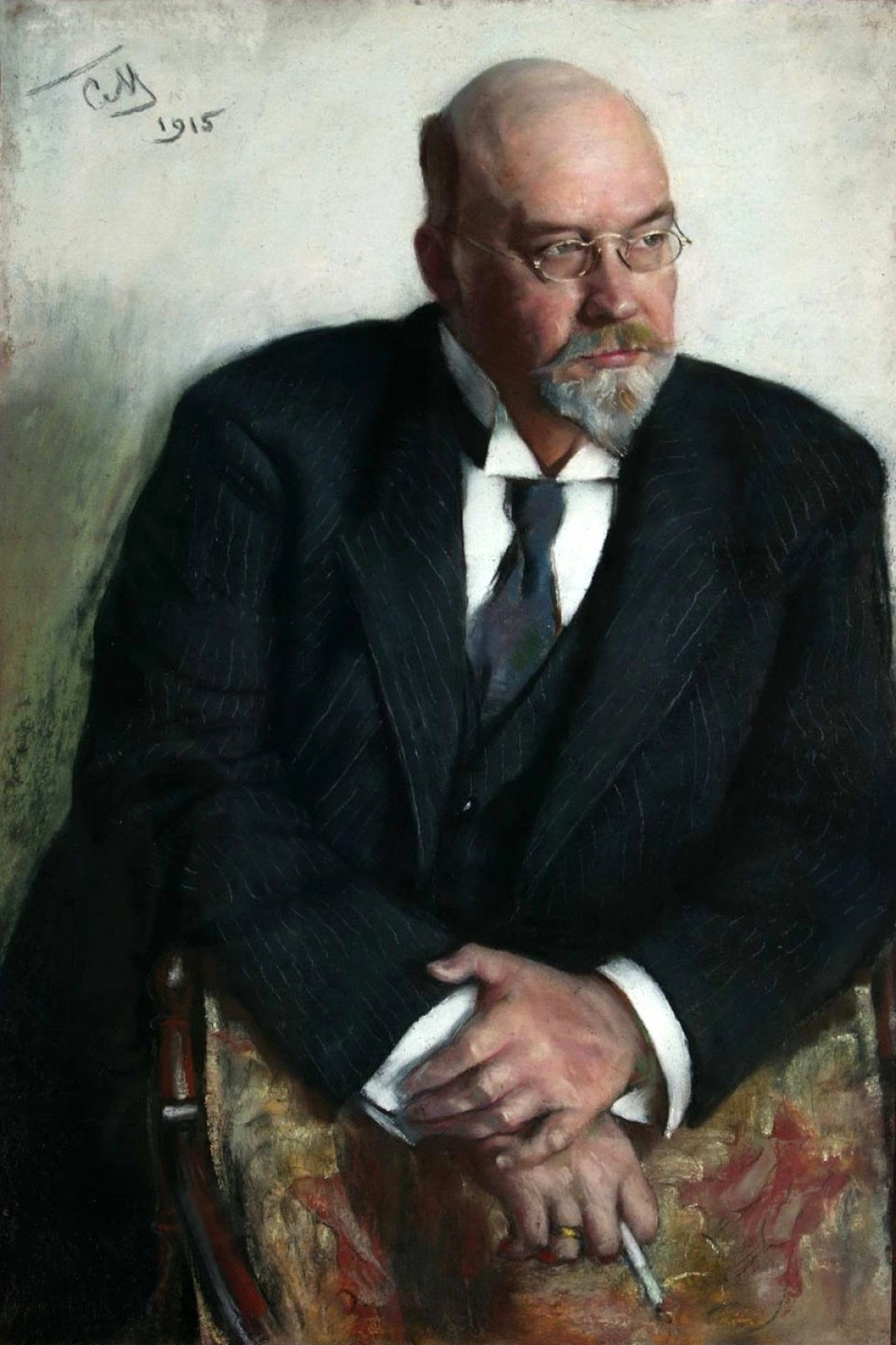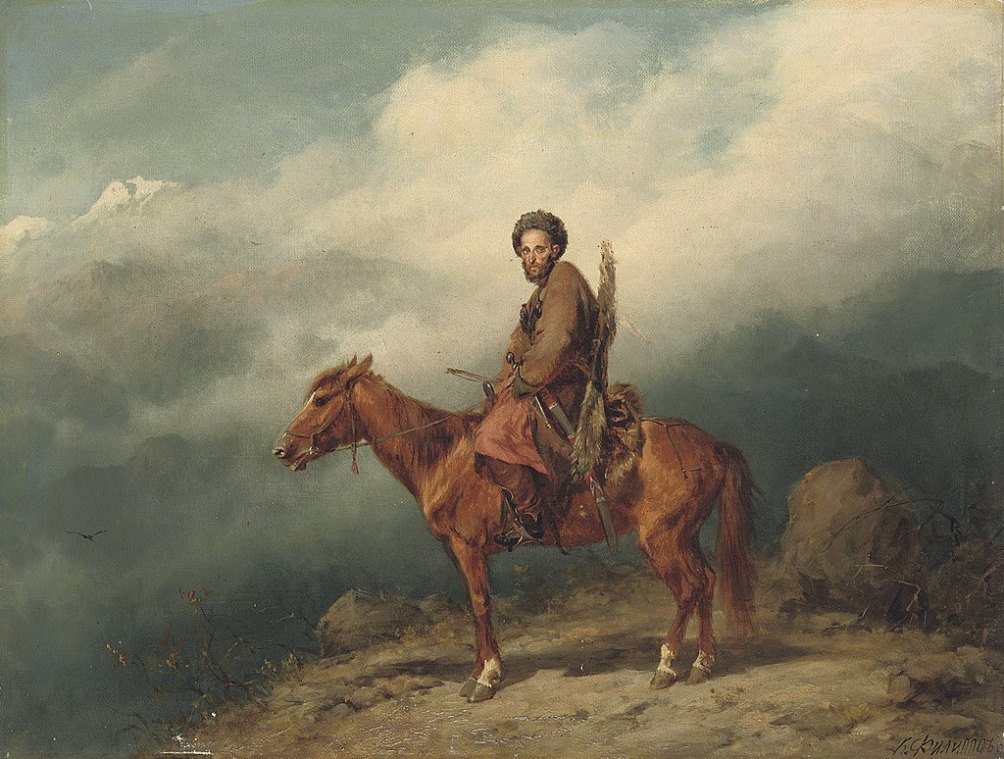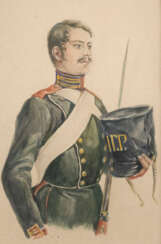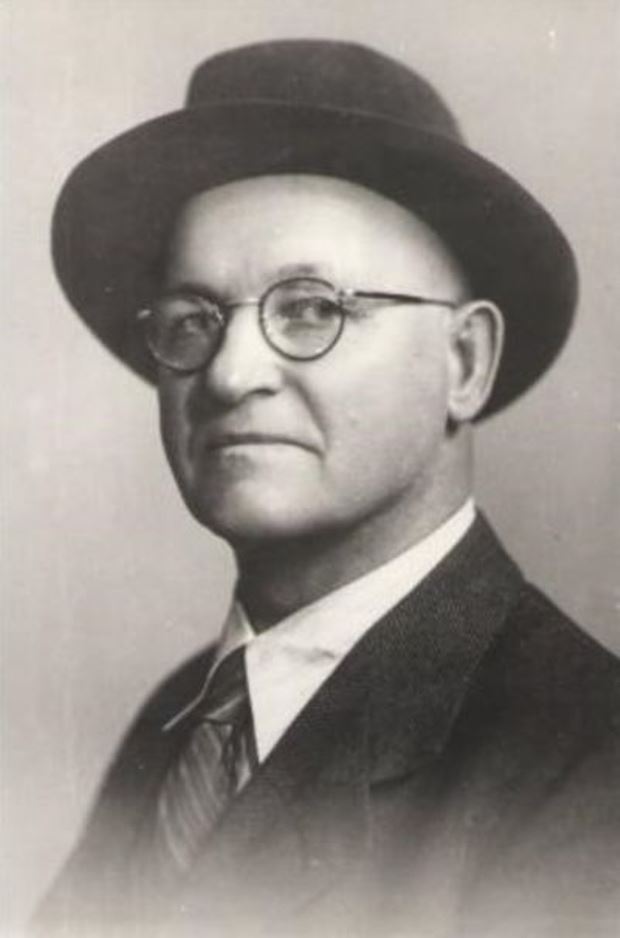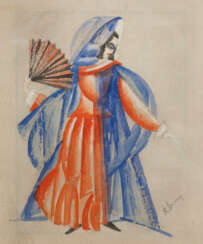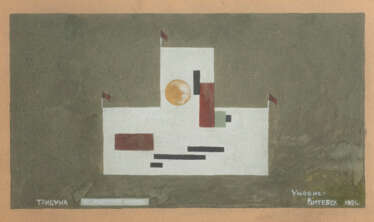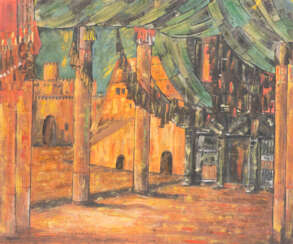
Russian paintings — 131-1 Art & Icons from The Orthodox World
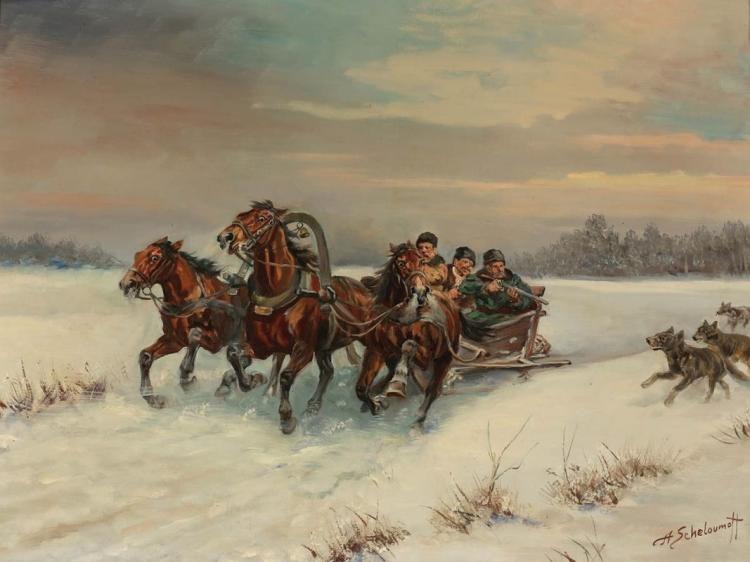
Afanasij Ivanovich Scheloumoff was a Ukrainian battle-painter. He also painted landscapes of the Russian steppe with horses and hunting scenes.
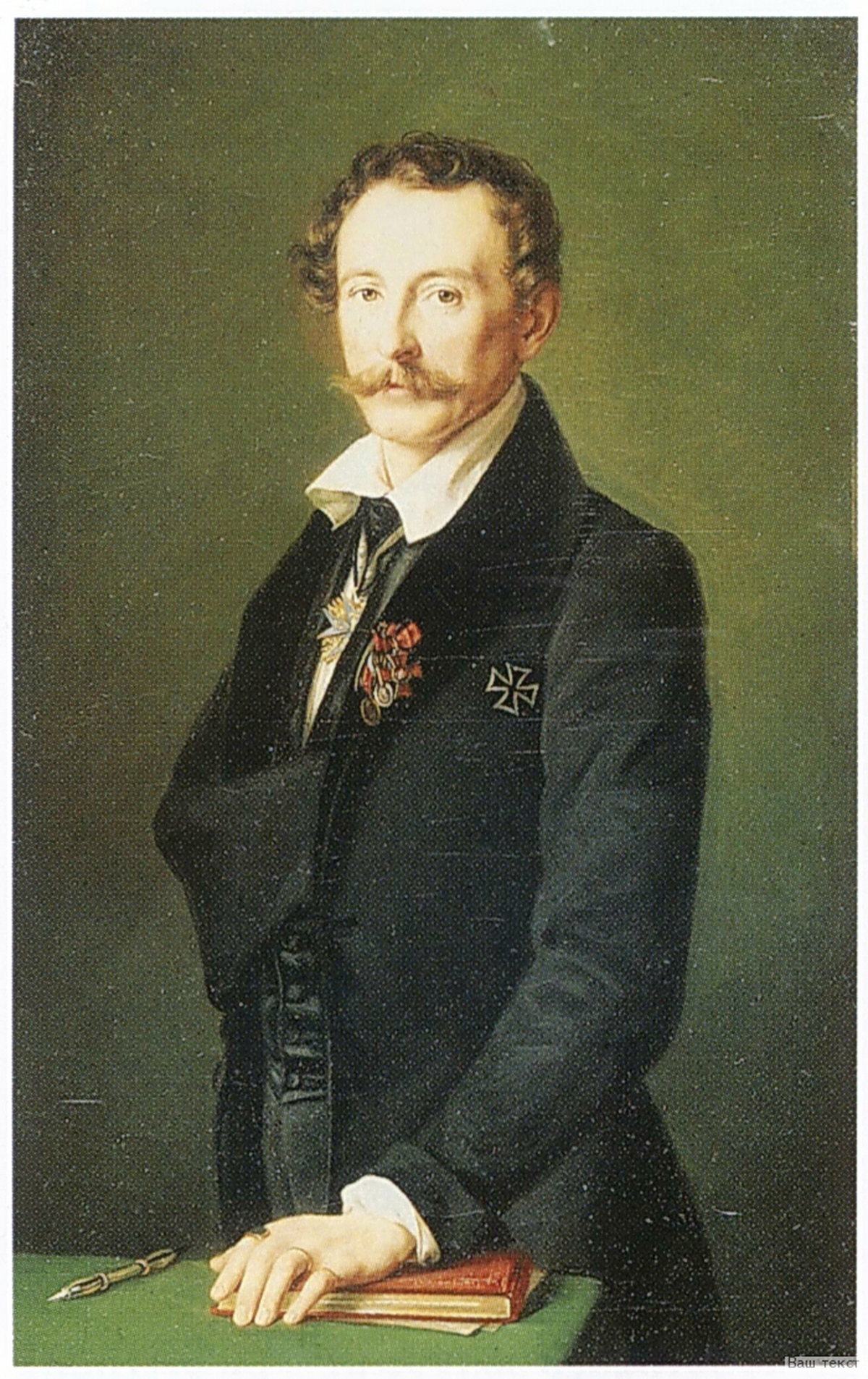
Gerhardt Wilhelm von Reutern (Russian: Евграф Романович Рейтерн) was a Russian officer and painter of the first half of the 19th century of Baltic-German origin. He is known as a painter, friend of Goethe and Ludwig Grimm, and father-in-law of Russian poet Vasily Zhukovsky.
Reutern trained in painting in various European cities and specialized in genre paintings. In 1832 he created a series of watercolors depicting ordinary soldiers of the Russian Imperial Guard, which were characterized by realism and warmth. After becoming court painter in 1837, he created famous paintings of biblical subjects, including Abraham Sacrificing Isaac. Reutern traveled to various countries, but finally settled in Frankfurt am Main. He was an academician of the Imperial Academy of Arts in St. Petersburg.
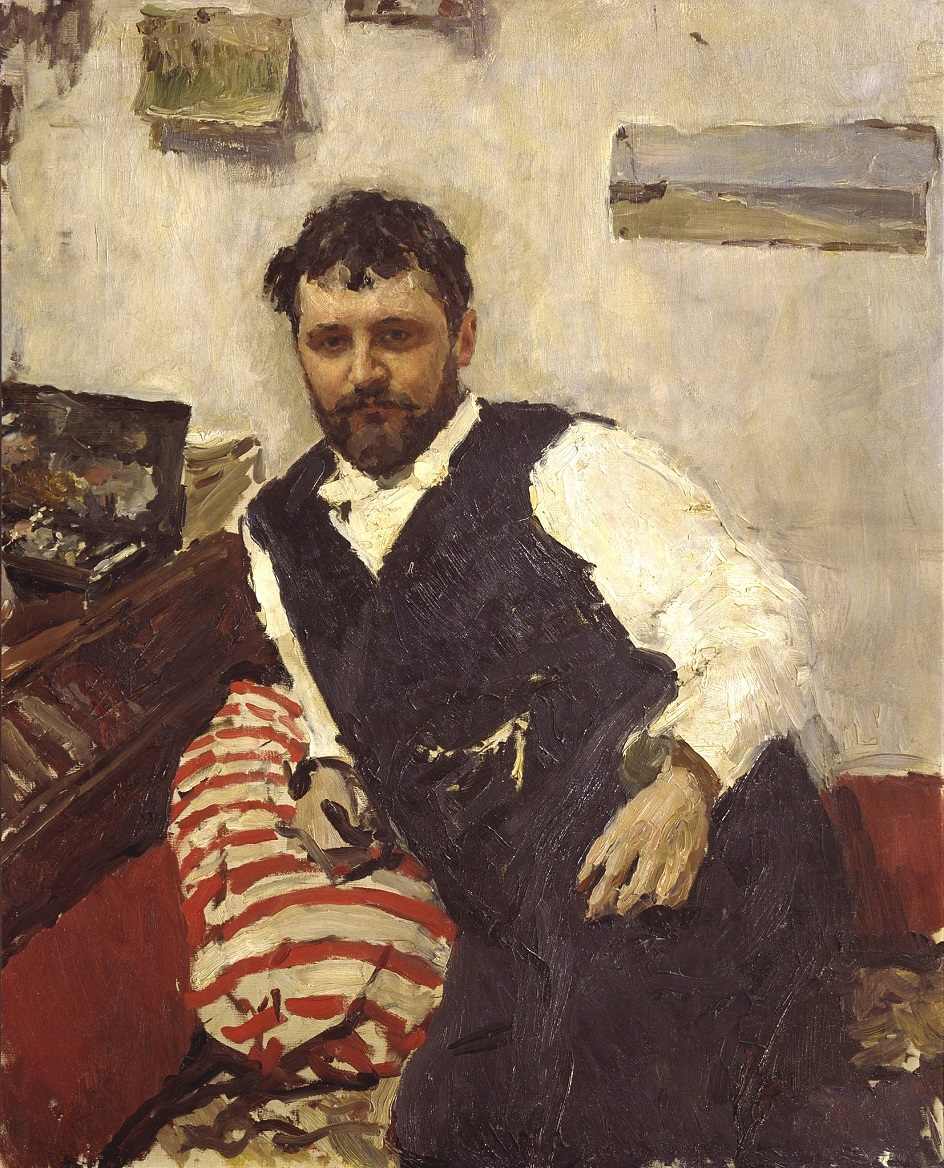
Konstantin Alekseyevich Korovin (Russian: Константи́н Алексе́евич Коро́вин) was a Russian artist and stage designer, renowned for his pivotal role in the transition from Russian Realism to Impressionism. Born in Moscow in 1861, Korovin's artistic journey began at the Moscow School of Painting, Sculpture, and Architecture, where he was heavily influenced by his mentor, Alexei Savrasov. His early work reflected the Realist tradition, but his style evolved after exposure to the vibrant art scenes of Paris and the influence of French Impressionists.
Korovin's contribution to art is marked by his vibrant palette and dynamic brushwork, capturing the transient effects of light and color with a spontaneity that was novel to Russian painting at the time. His works, ranging from lush landscapes and intimate still lifes to vivid portraits, showcase his mastery in evoking mood and atmosphere. Notably, his paintings of the Russian North and scenes of Parisian life have been celebrated for their lively, atmospheric qualities and are held in high esteem in museums and galleries worldwide, including the Tretyakov Gallery in Moscow and the Russian Museum in Saint Petersburg.
Beyond painting, Korovin's legacy includes significant contributions to theater design, where his innovative use of color and lighting brought new dimensions to stage productions in Russia, collaborating closely with the Moscow Art Theatre. His scenic designs for operas and ballets are credited with revolutionizing the visual aspect of Russian theater, making him a pivotal figure in both the visual and performing arts.
For collectors and experts in art and antiques, Korovin's works represent a unique blend of Russian tradition and Western artistic movements, making them highly sought after. His ability to capture the essence of a moment, whether in the tranquil Russian countryside or the bustling streets of Paris, continues to captivate audiences and scholars alike.
To stay informed on new sales and auction events featuring works by Konstantin Alekseyevich Korovin, sign up for our updates. This subscription ensures you're the first to know about valuable opportunities to add to your collection, focusing exclusively on Korovin's art and related events.








